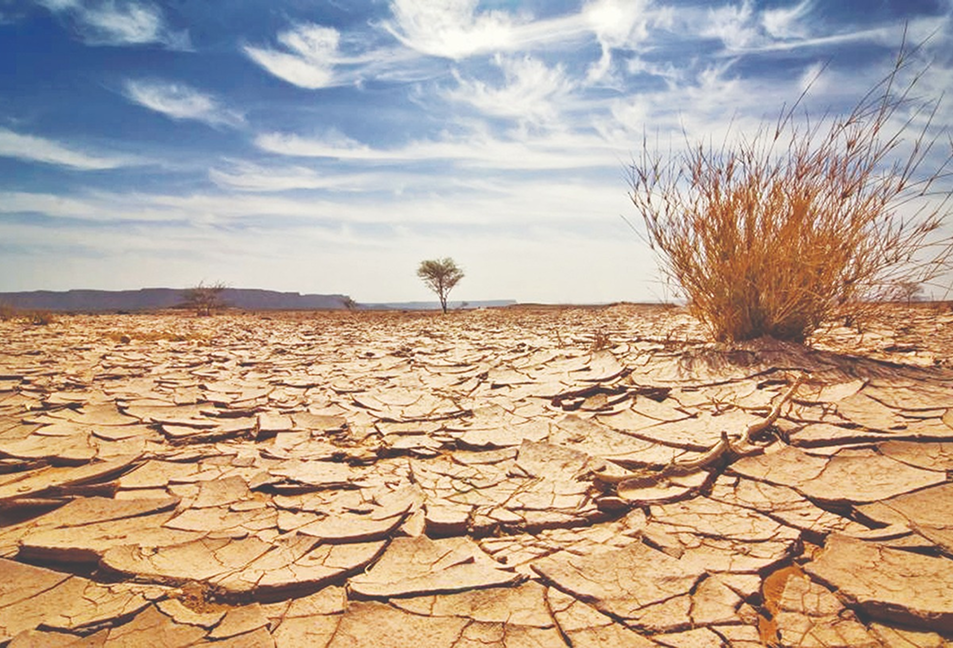Invasive species and range shifts
Warmer conditions enable non-native plants, insects and pathogens to establish more easily, while native species shift ranges northward or uphill. Heather moorlands may give way in places to scrub or grassland; some butterflies and dragonflies expand while cold-adapted specialists retreat. Proactive biosecurity, early detection and rapid response are essential to prevent small incursions from becoming costly ecological transformations.
Urban ecosystems and public health
Cities experience amplified heat and flash floods. Expanding tree canopies, green roofs, rain gardens and permeable surfaces not only lower temperatures and reduce runoff, but also stitch together habitat for bats, birds and pollinators. Urban nature becomes a frontline for adaptation, delivering both biodiversity and public-health benefits during heatwaves and poor-air days.
Adaptation and mitigation: a twin track
Protecting ecosystems now requires a twin track. First, mitigation: decarbonising energy, transport and heat to slow warming and stabilise seas. Second, adaptation: restoring peatlands and saltmarshes, diversifying woodlands, redesigning rivers with room for water, and creating ecological networks that allow species to move. Monitoring networks—citizen science, phenology records, long-term plots and seabird counts—are vital to detect change early and assess which interventions deliver the greatest resilience per pound invested.
A pragmatic UK pathway
The UK’s distinctive assets—world-class ecological science, dense environmental datasets, devolved administrations able to trial region-specific schemes, and strong public engagement—support a pragmatic approach. Prioritise places that lock up the most carbon and biodiversity per hectare (deep peat, ancient woodland, intertidal flats); engineer co-benefits where flood defence, water quality and habitat restoration align; and maintain corridors from lowlands to uplands and from estuaries to offshore banks.
Climate change is tightening its grip, but the response can be restorative. By letting rivers breathe, giving coasts space to move, reviving peat and sea meadows, and threading green through towns and farms, the UK can protect ecosystems while improving daily life. The sooner these choices are made at scale, the more nature—and people—will thrive in a warmer, wetter, wilder century.

